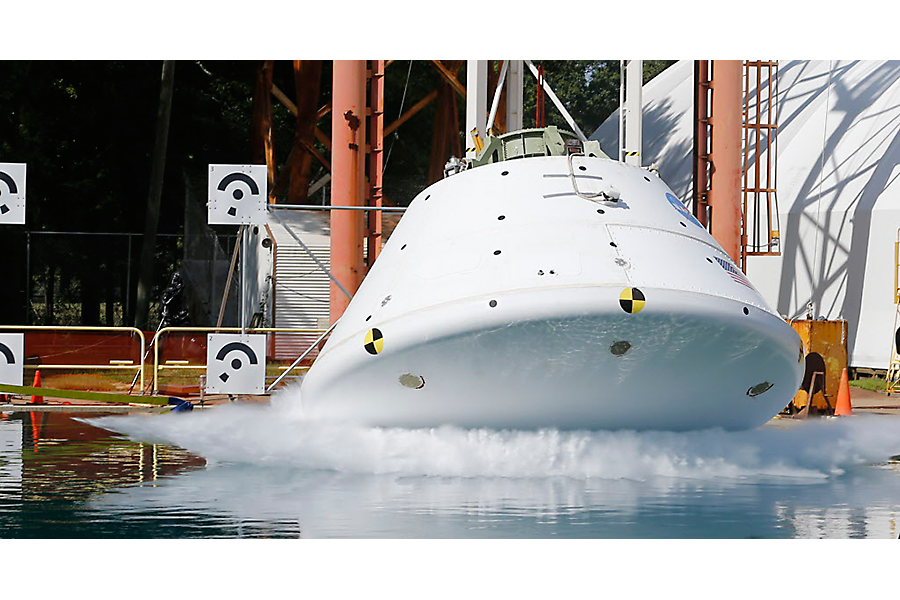Can NASA whip up the perfect breakfast for deep-space travel?
Loading...
When astronauts travel beyond the moon, breakfast could become the most important meal of the day, for a different reason than on Earth.
A calorie-dense breakfast bar NASA has started to whip up could save the Orion crew valuable space and weight as it travels to far-off destinations and, perhaps, to Mars.
“When you have 700 to 900 calories of something, it’s going to have some mass regardless of what shape it’s in, so we’ve taken a look at how to get some mass savings by reducing how we’re packaging and stowing what the crew would eat for breakfast for early Orion flights with crew,” Jessica Vos, Orion’s deputy health and medical technical authority, said in a statement.
NASA and its food scientists haven’t developed the perfect breakfast bar just yet. If they do, though, they will have solved a basic problem that has bedeviled the US space agency ever since it has started to eye sending humans past the moon: What will these deep-space explorers eat?
NASA hopes to send a crew aboard the Orion capsule into deep space by 2023 with an unmanned mission of the capsule and heavy-lift launcher scheduled for 2018.
Breakfast bars could be crucial for saving space on the capsule, while the crew could eat a greater variety of foods for lunch and dinner.
NASA’s goal is to offer the Orion crew a number of flavors to choose from. So far, breakfast-bar flavors include banana nut, orange cranberry, ginger vanilla, and barbecue nut, according to a NASA Johnson Space Center YouTube video.
For lunch and dinner, the crew could eat meals similar to those served on the International Space Station (ISS). That food is either thermostabilized, meaning its heated to destroy harmful microorganisms and enzymes, or dehydrated to save weight. Through these processes, crew members on the space station can choose from 200 varieties of meals that include mac n’ cheese, spaghetti, and even a Thanksgiving dinner almost fit for Earth.
But the small Orion capsule NASA plans to send past the moon doesn’t have enough room to store enough of these packages for a multi-week mission. Even if it did, the extra weight would require it to use more fuel, according to the NASA statement. So the space agency looked to food bars. But finding such a bar wasn’t easy.
“There’s no commercially-available bar right now that meets our needs, so we’ve had to go design something that will work for the crew, while trying to achieve a multi-year shelf-life,” said Takiyah Sirmons, a food scientist with the Advanced Food Technology team at NASA’s Johnson Space Center in Houston.
The bars have been taste-tested by crew members inside NASA’s Human Research Program, the agency’s three-story habitat at the Johnson Space Center. The habitat is meant to resemble the isolation and remote conditions crews will face in deep space.
Right now, NASA hopes to determine if crews can eat the bars every day, a few times a week, or not at all, according to Vice. They’re also trying to determine how the bars could affect morale.
NASA has long known food has a major impact on mission morale. The agency has vastly improved on the food tubes and gelatin coated, bite-sized snacks it served crews on early missions. But it also believes astronauts growing their own food could have as much of a positive effect on morale as on their diets. That's why, in addition to these bars, NASA is also testing how crews can grow their own food aboard the International Space Station and on missions deeper into space.
"We think that having that additional component of fresh food grown on the station, would make the crew generally happier, and hopefully healthier," said Gioia Massa, NASA project scientist for Veggie, the space station's plant growth system. "It's something to look at. It is something that changes with the passage of time."







